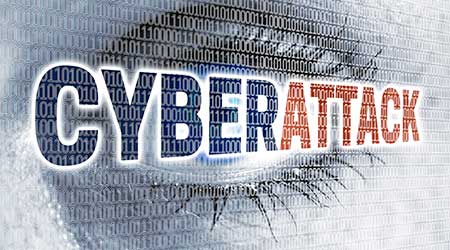
Cyberattacks Grow as Threat to Facilities, Operations
June 27, 2019
Organizations must prepare for potential threats to their assets and operations from that range from fires, floods, and earthquakes to active shooters and power outages. Too often lost among the preparation and planning is a quieter but no less menacing threat — cyberattacks. Now, managers in many organizations are starting to take such threats into account in their planning.
Consider the case of a Florida city that recently agreed to pay $600,000 in ransom to hackers who took over its computer system, the latest in thousands of attacks worldwide aimed at extorting money from governments and businesses, according to Associated Press.
The Riviera Beach City Council voted unanimously to pay the hackers’ demands, believing the Palm Beach suburb had no choice if it wanted to retrieve its records, which the hackers had encrypted. The council already voted to spend almost $1 million on new computers and hardware after hackers captured the city’s system three weeks ago.
The hackers apparently got into the city’s system when an employee clicked on an email link that allowed them to upload malware. Along with the encrypted records, the city had numerous problems including a disabled email system, employees and vendors being paid by check rather than direct deposit and 911 dispatchers being unable to enter calls into the computer.
Numerous governments and businesses have been hit in the United States and worldwide in recent years. Baltimore recently refused to pay hackers $76,000 after an attack. The U.S. government indicted two Iranians last year for allegedly unleashing more than 200 ransomware attacks, including against the cities of Atlanta and Newark, New Jersey. The men, who have not been arrested, received more than $6 million in payments and caused $30 million in damage to computer systems, federal prosecutors have said.
Dan Hounsell is editor-in-chief of Facility Maintenance Decisions.
Next
Read next on FacilitiesNet












